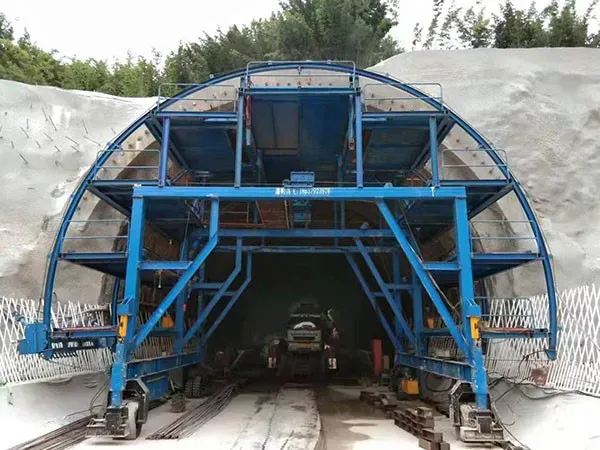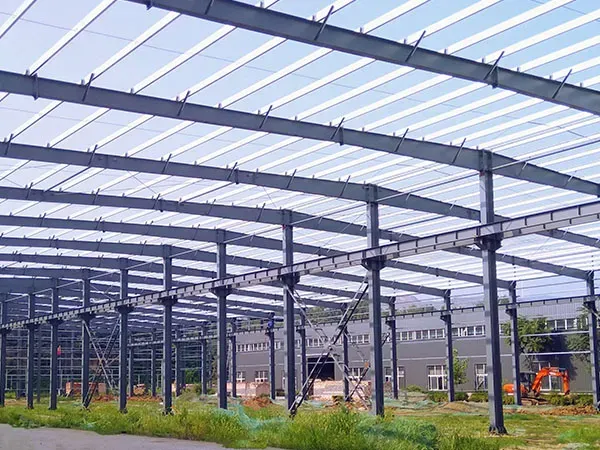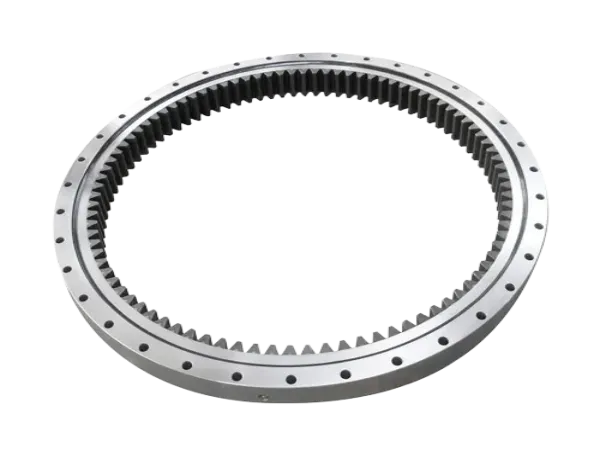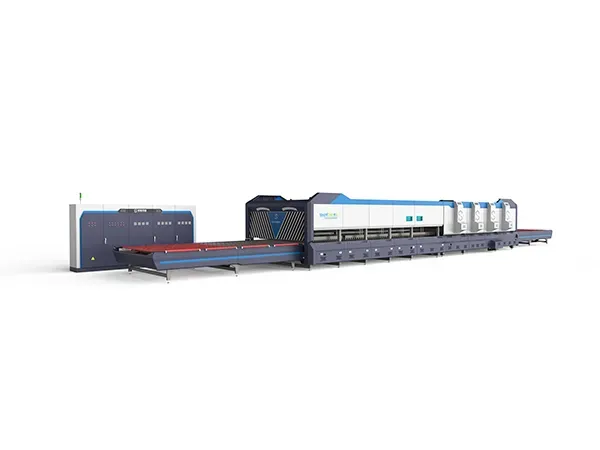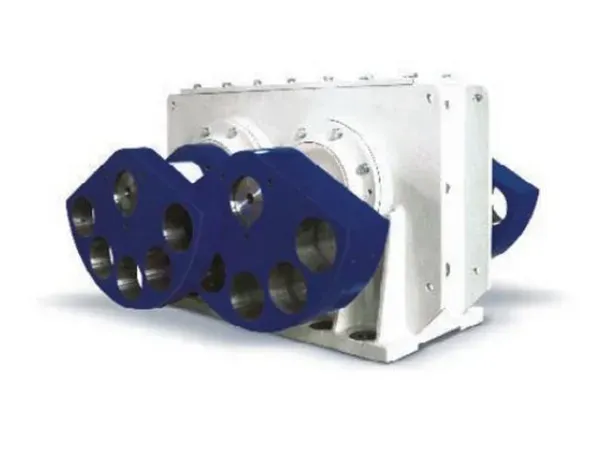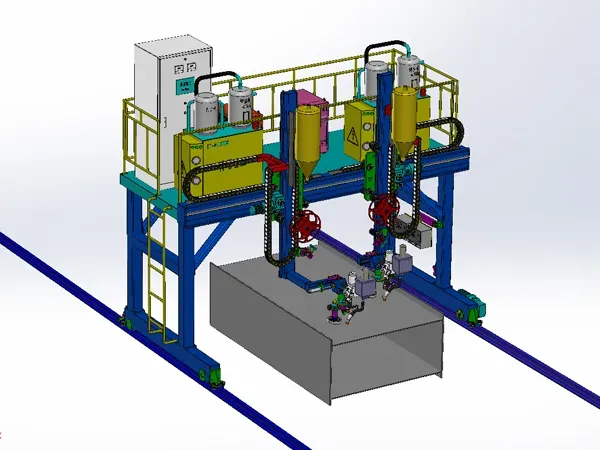The purchase of double beds in schools needs to take into account safety, practicality, durability and space optimization. Any carelessness may cause safety hazards or management problems. This article sorts out the key points from the three aspects of safety, functionality and durability to help schools make scientific selections for how to choose a suitable double bed for school.
How to choose a suitable double bed for school:
1. Safety:
Structural stability: the core parameters that must be met first: static load of the bed ≥2000N (upper bunk) +1500N (guardrail), guardrail height ≥300mm, gap ≤75mm (anti-fall clamp), step depth ≥80mm, step rod diameter ≥20mm (anti-slip design).
Material safety: the steel thickness of metal parts must be ≥1.2mm, and wooden parts must meet the following requirements: formaldehyde emission ≤0.124mg/m³ (E1 grade standard), solid wood moisture content 8%-12% (anti-cracking and deformation).
Protective design: the R angle of the bed corner is ≥5mm to prevent students from being injured due to accidental bumps. An anti-slip baffle (height ≥50mm) is set on the edge of the upper bunk to prevent students from falling from the upper bunk. The angle between the ladder and the bed is 75°±5°, which is convenient for students to get on and off the bed.

2. Functionality:
Space optimization plan: adopt a combined structure: the bed, desk and cabinet are integrated, saving 30% of space. Adopt a telescopic design: the lower bunk can be folded into a study area.
Storage function upgrade: the drawer under the bed can be equipped with a self-locking function, the side pendant can bear a load of ≥15kg, meeting the needs of students hanging schoolbags, etc., and the depth of the bedside shelf is ≤200mm to prevent students from colliding.
…
More detailed information about the how to choose a suitable double bed for school can be found by visiting:https://www.aoyangschoolfurniture.com/a/news/how-to-choose-a-suitable-double-bed-for-school.html

